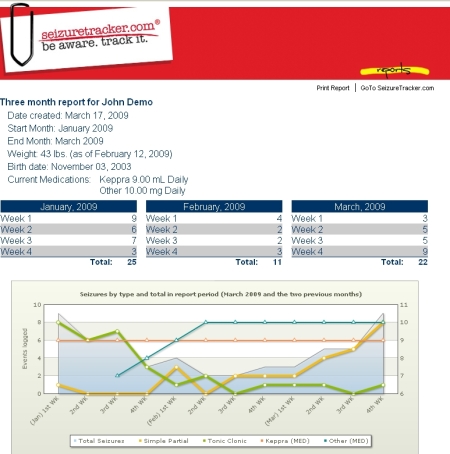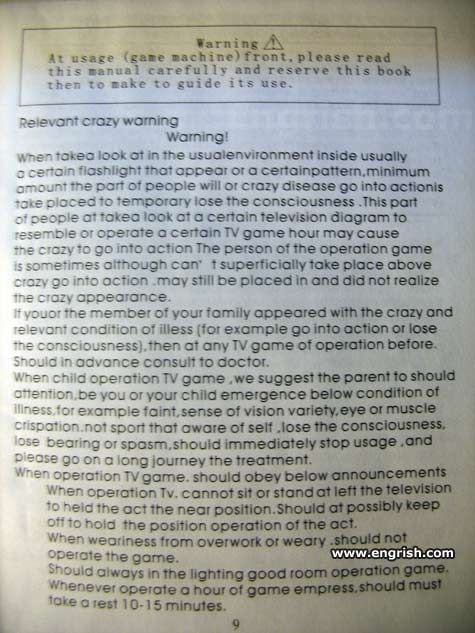August 20th, 2011 by American Journal of Neuroradiology in Research
No Comments »

Bilateral symmetric claustrum lesions shown on MR imaging are rarely reported, especially transient and reversible lesions associated with seizures, such as herpes simplex encephalitis,1 unidentified encephalopathy,2 and acute encephalitis with refractory repetitive partial seizures.3 To our knowledge, there are no reports of symmetric bilateral claustrum lesions with mumps encephalitis.
A 21-year-old man had been experiencing cold like symptoms with headache and fever for a week when he vomited and had a tonic-clonic seizure and was subsequently taken to a nearby emergency hospital (day 1). He had been noticing spasms on the left side of his face for 2 days. On his last visit to the hospital, he reported disorientation accompanied by fever; however, a brain MR imaging and CSF analysis showed no abnormalities. Because he was instatus epilepticus on hospitalization, midazolam was administered by intravenous infusion at 3.0 mg/h. Around this time, the patient started to experience visual hallucinations and reported seeing Read more »
*This blog post was originally published at AJNR Blog*
May 10th, 2011 by RyanDuBosar in News
No Comments »

About 9% of infants are given dietary botanical supplements or teas as young as 1 month old, prompting government researchers to warn physicians to look for side effects and other health risks.
Supplement use is common. Parents use them to help with fussiness, digestion, colic, and relaxation. Parents like them because there’s no prescription required, they’re traditional to many cultures, and they’re marketed as “natural.”
But, caution the authors of a paper that appeared in the journal Pediatrics, such supplements’ purity and potency are unregulated, they can interact with prescription medicines, they may contain heavy metals or other contaminants, and they may not adapt well to a newborn’s metabolism and body weight.
Supplement use is also common as a cause of emergency room visits. And they’re linked to seizures and death.
Researchers from the Food and Drug Administration and the Centers for Disease Control and Prevention used data from the Infant Feeding Practices Study II, a longitudinal survey of 2,653 women studied from late pregnancy through the first year of the child’s life. The sample was drawn from a nationally distributed consumer opinion panel of healthy adult mothers with healthy term or near-term infants.
*This blog post was originally published at ACP Internist*
April 29th, 2010 by DrWes in Better Health Network, Health Tips, Opinion, Research
No Comments »

I can’t read for any length of time in a moving vehicle — it makes me nauseous. This is because in order for the body to determine where it is at all times, the brain combines visual information, touch information, inner ear information, and internal expectations to judge its position in space.
Under most circumstances, the senses and expectations agree. When they disagree, there is conflict, and motion sickness can occur. In my case with reading in a car, my eyes that are fixed on the written page tell my brain that I am still. However, as the car goes over bumps and accelerates or decelerates, my inner ear disagrees resulting in my brain activating the nausea center and causing motion sickness.
Well, the same thing might happen with 3D TV. Read more »
*This blog post was originally published at Dr. Wes*
April 29th, 2010 by Berci in Better Health Network, Health Tips, Opinion, Research
No Comments »

 I’ve written about several sites that let users track parameters related to their health management.
I’ve written about several sites that let users track parameters related to their health management.
Here’s another example, SeizureTracker.com, that tracks seizure activity, appointments, and medication schedules through a simple calendar interface. You can download printable seizure logs or receive customized reports which include graphs comparing seizure activity and medication dosages. Read more »
*This blog post was originally published at ScienceRoll*
October 2nd, 2009 by Dr. Val Jones in Humor
No Comments »
I think this is about the risk of seizures caused by video game flashing lights… But I’m not sure.
















